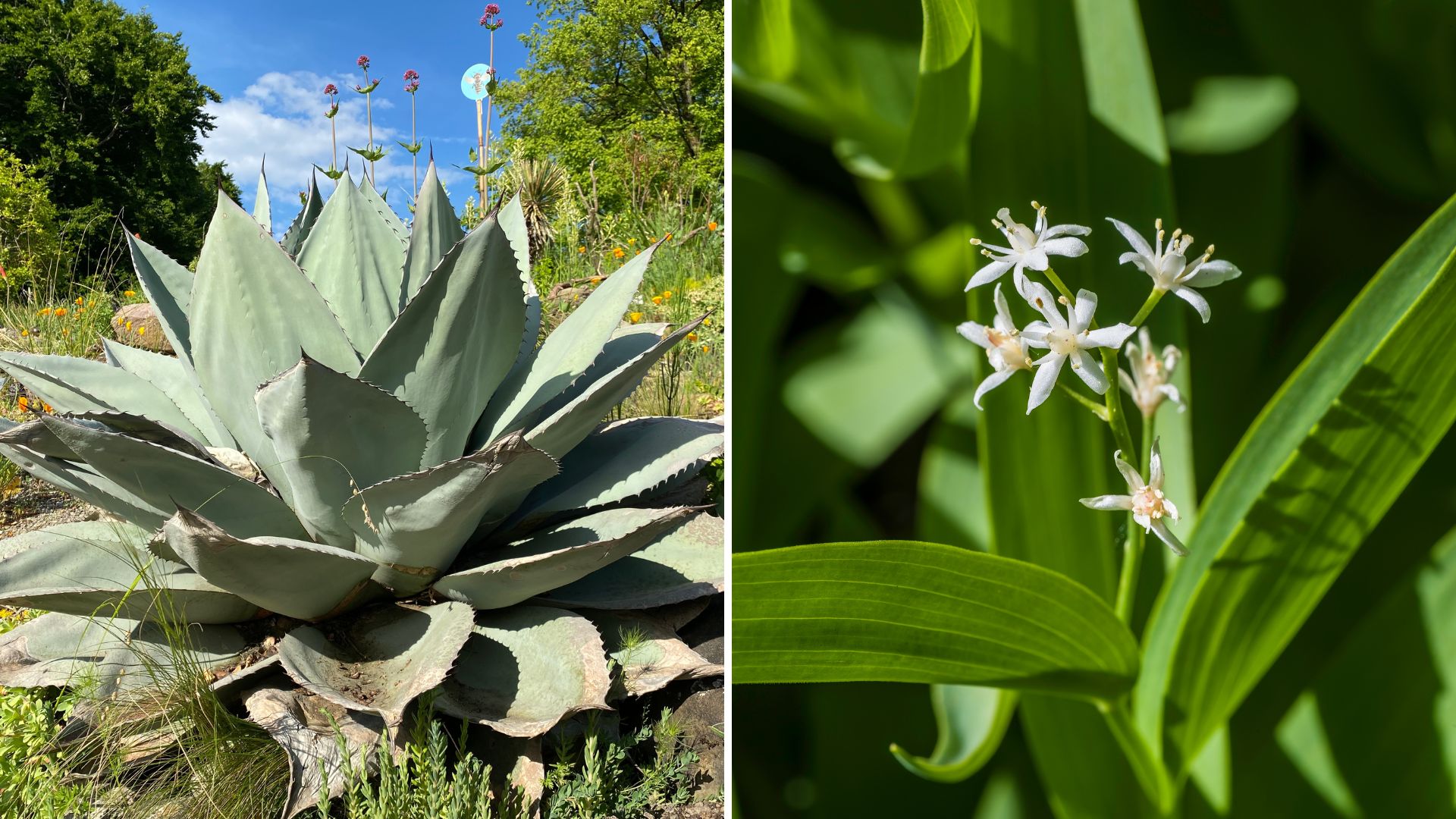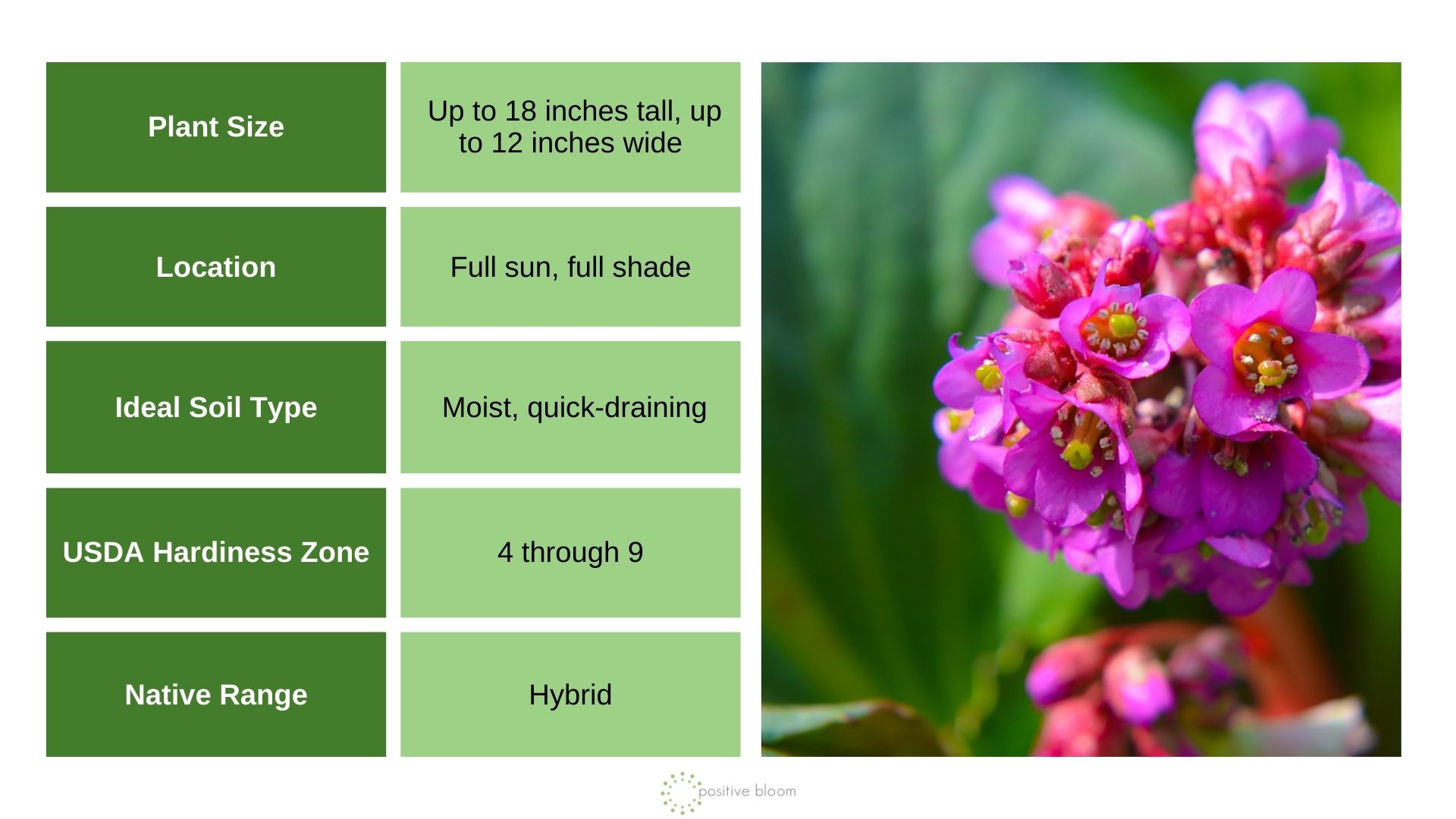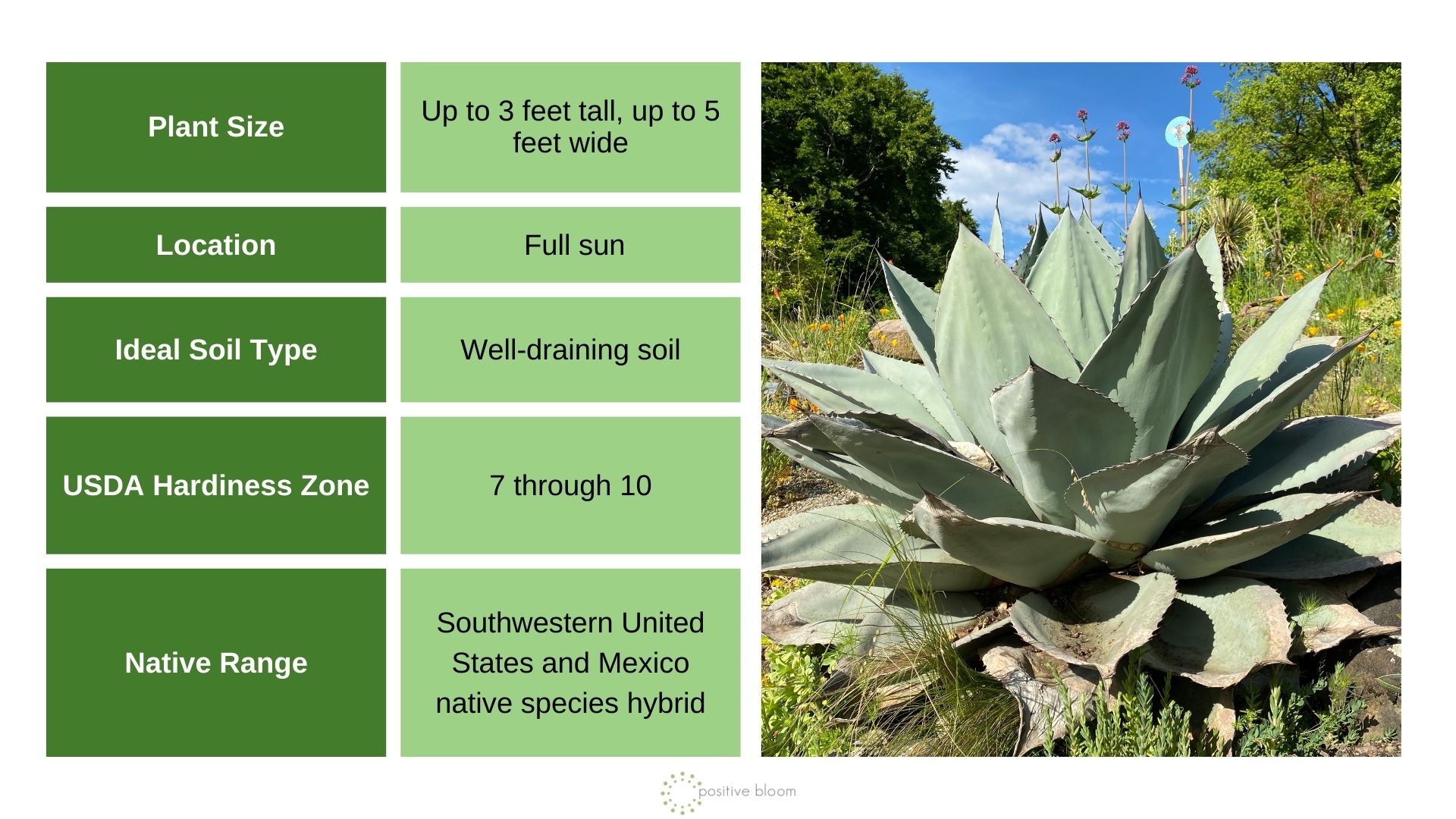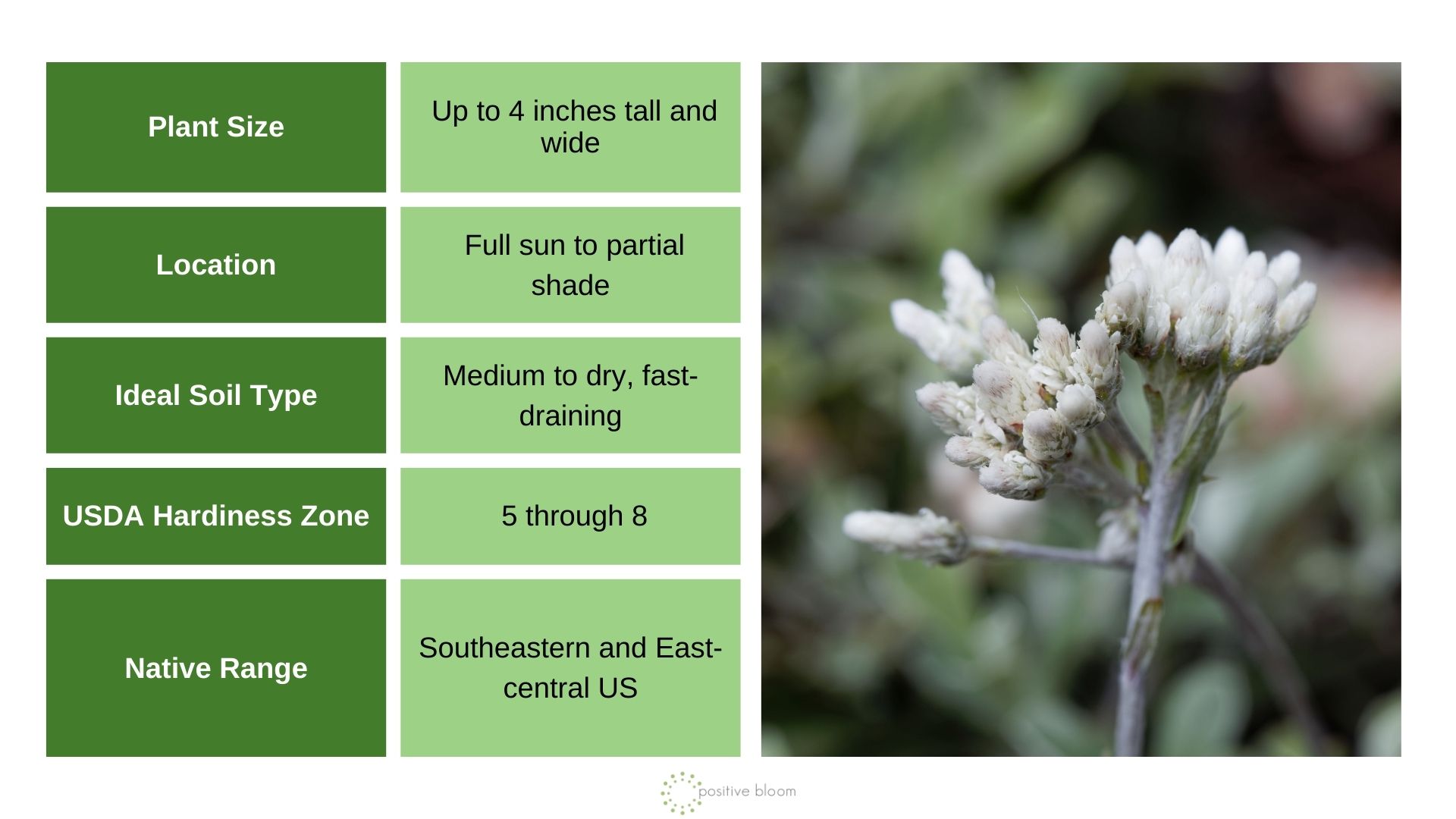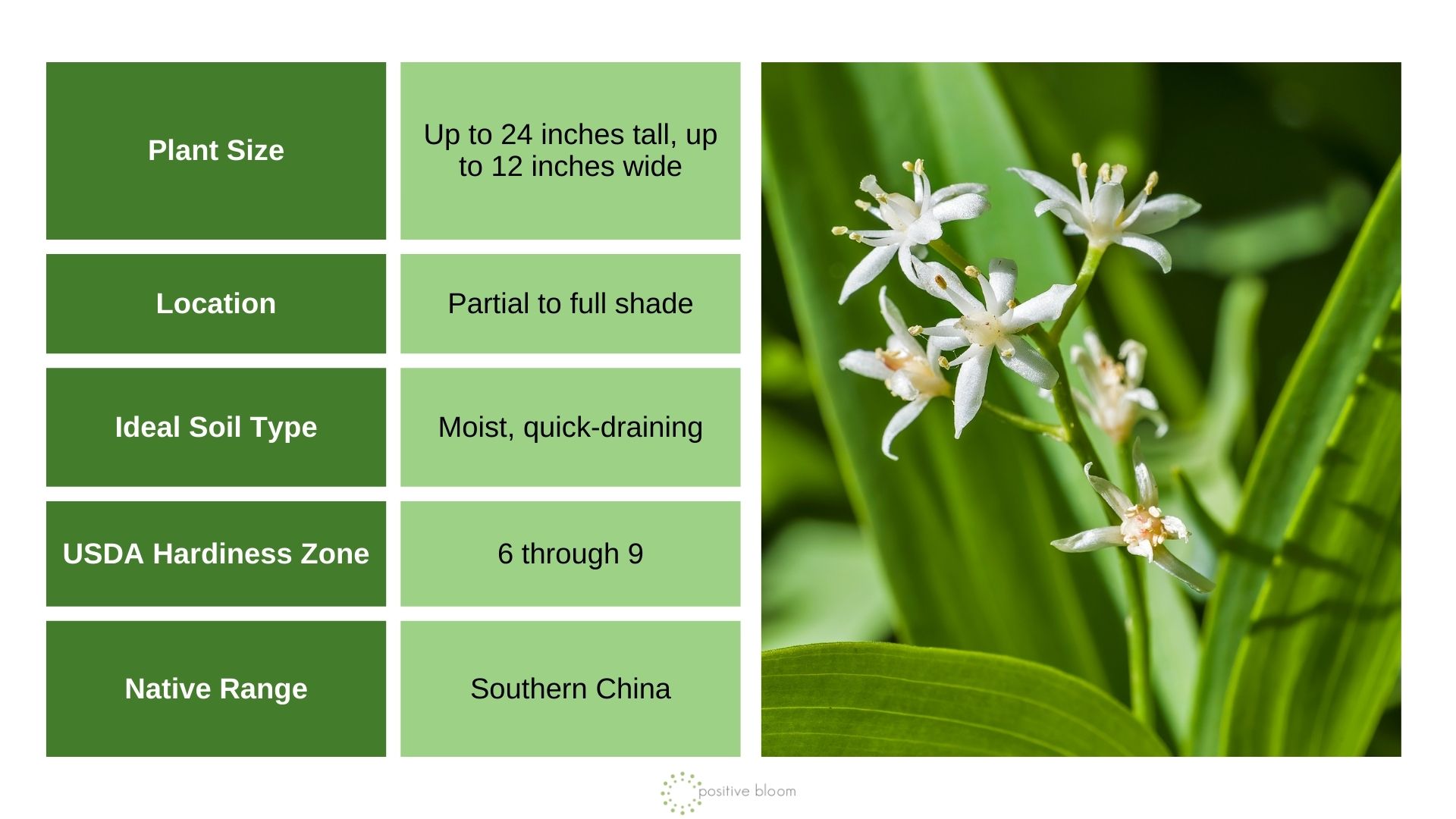Evergreen plants that come back year after year are favorites of many gardeners. When selected carefully, each plant will add a unique touch to your landscape.
However, growing plants in some regions may be pretty challenging. One of the examples is the Mid-Atlantic, where conditions aren’t really favorable for the cultivation of some species.
If you live in this region and struggle with finding plants for your garden, you’re in the right place.
In this article, I’ll show you 4 amazing evergreen perennials for the Mid-Atlantic and give you some top-notch tips on how to keep them happy and healthy!
Let’s get started!
1. Dragonfly Bergenia
If you want to add a touch of elegance to your landscape, Dragonfly bergenia is a perfect choice. This is a winter-resistant dwarf variety and is renowned for its splendid leaves and blossoms.
Bergenias are one of the most pink perennials and their flowers emerge in late spring. As soon as the fall approaches, the leaves will turn a wine hue and add a luxurious touch to your outdoor space.
This plant makes a perfect ground cover, but you must meet its requirements for healthy development.
It tolerates different light levels but performs best in dappled light. You need to plant your Dragonfly bergenia in free-draining soil that retains moisture well.
This Bergenia can grow in USDA zone 4 but you’ll need to add a layer of mulch around the plant to protect it from hard frost.
The plant is deer- and rabbit-resistant, so you don’t need to worry if these animals visit your garden.
2. Twisted Tongue Agave
The Twisted Tongue is one of the recently introduced agave cultivars and you can plant it in the ground or keep it in containers.
It generates large bluish-green serrated leaves with deep red to black margins. Once the spring arrives, the yellow spikes emerge and reveal the beauty of the Twisted Tongue.
This agave makes an excellent addition to rock gardens but also looks amazing if planted near some native sedge species.
It’s also a drought-tolerant plant and deer and rabbits typically stay away from it. But you’ll need to watch out for slugs because these creatures may pay a visit.
The Twisted Tongue plant needs a lot of time to mature and isn’t suitable for cultivation in areas with harsh winters.
3. Singlehead Pussytoes
This plant may have an odd nickname but its appearance will definitely make your garden stand out. It’s a native ground cover and grows in acidic soils in the eastern forests.
If you need a plant for a woodland shade garden, Singlehead Pussytoes will do a perfect job. You can also combine it with some hosta varieties or ferns that perform well in shady conditions.
It generates adorable white blossoms in late spring that combine perfectly with purplish-green basal foliage.
The Singlehead Pussytoes will grow well in both sandy and clay soils and it doesn’t need a lot of water to thrive.
4. Little Hulk Evergreen Solomon’s Seal
If you are a beginner gardener and looking for a low-maintenance evergreen, Little Hulk is the plant for you.
Arched waxy foliage leaves and creamy white blossoms will look gorgeous in your spring garden.
The blossoms give rise to purple-blue berries that appear in the fall. This species spreads via rhizomes and may take over your yard. To prevent this, plant your Little Hulk in a fully shaded spot.
You can plant it in the back of the beds and combine it with smaller evergreen perennials. Deer aren’t fans of Little Hulk but slugs may be a little problematic, especially in the spring.
As you can see, you can have a spectacular garden in the Mid-Atlantic region. These species will thrive in such conditions and make your landscape stand out!

